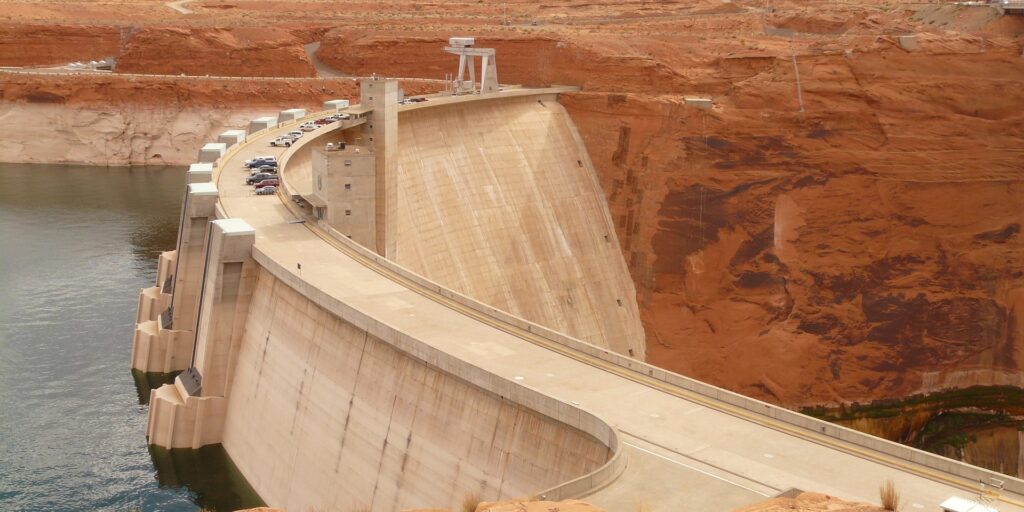As climate change impacts drought-stricken regions throughout the West, there’s no easy solution
With climate change threatening rivers throughout the western United States, the sustainability of drinking water supplies has emerged as a top long-term priority for drought-stricken regions. It’s not just isolated and drought-stricken watersheds that are at risk.
Last week, the Department of the Interior’s Bureau of Reclamation weighed in on state allocations of the Colorado River to manage future shortages. Besides maintaining the status quo, the proposal puts forward a number of alternative ways to divide up the water allocations to the seven states that rely on the river for their water supply. One calls for equal distribution, another distributes allotments dependent on water rights priorities.
“The Colorado River Basin provides water for more than 40 million Americans. It fuels hydropower resources in eight states, supports agriculture and agricultural communities across the West, and is a crucial resource for 30 Tribal Nations. Failure is not an option,” said Tommy Beaudreau, deputy secretary at the U.S. Department of the Interior in a statement. “Recognizing the severity of the worsening drought, the Biden-Harris administration is bringing every tool and every resource to bear through the President’s Investing in America agenda to protect the stability and sustainability of the Colorado River System now and into the future.”
The draft’s release highlights the severity of the water crisis in drought-stricken areas, and the limited options officials have to solve it. Water is a finite resource. Increasing efficiency is the most viable path forward. To that end, Bipartisan Infrastructure Law set aside $8.3 billion over five years for water infrastructure projects, and the Inflation Reduction Act invested another $4.6 billion. Along with water storage, desalination and dam safety, water reuse projects are a primary recipient of the investments. So far, the Department of the Interior has put forward $281 million for 21 water recycling initiatives, the statement continues.
One such joint project of the Orange County Water District (OCWD) and the Orange County Sanitation District (OC San), the Groundwater Replenishment System, recently achieved 100 percent recycling of the sanitation district’s reclaimable wastewater. The replenishment system is the world’s largest indirect potable reuse facility, according to a statement about the achievement published Friday.
“I commend the partnership and dedication of both agencies in completing the final expansion of this facility,” said Chad P. Wanke, chair of the sanitation district’s oversight board. “Reaching this major milestone of recycling 100 percent of our reclaimable wastewater flows enhances our efforts to protect public health and the environment by reusing this valuable resource.”
The Groundwater Replenishment System takes highly treated wastewater that would otherwise be discharged into the ocean and purifies it using a treatment process of microfiltration, reverse osmosis, and ultraviolet light with hydrogen peroxide, the statement says.
“The result is high-quality water that is pumped to recharge basins in Anaheim where it naturally percolates into the Orange County Groundwater Basin and becomes part of the drinking water supply for 2.5 million people in north and central Orange County,” the statement continues. The filtered water “is also sent to injection wells located along Orange County’s coast to create a seawater intrusion barrier that protects groundwater supplies.”




















